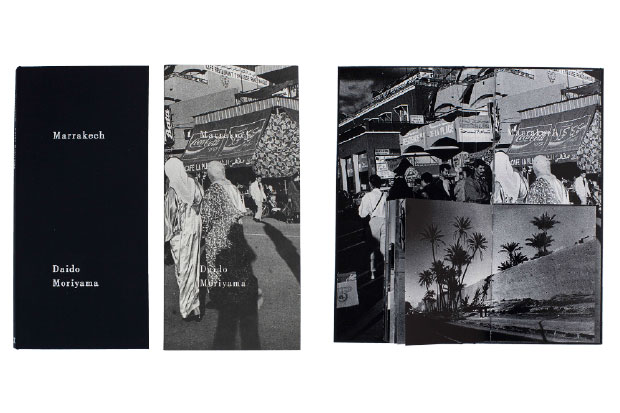HOLLANDS DEEP
NOW UNTIL JUN-21-2015
To mark the sixtieth birthday of photographer Anton Corbijn, the Gemeentemuseum Den Haag is organising a retrospective entitled HOLLANDS DEEP. The exhibition will feature highlights from all Corbijn’s series. It will start with the grainy black-and-white photos he took of musicians in the 1970s and ’80s and show how he constantly expanded his horizon to address new themes and experiment with different techniques and materials in later series.
The aim of this major retrospective is to show Anton Corbijn’s evolution as a self-taught photographer and to reveal the diversity of his subjects and techniques. The show will also trace the search for his ‘roots’. In the 2001-2002 series a.somebody, Corbijn pictures musicians like Jimi Hendrix, Kurt Cobain, Sid Vicious and John Lennon against the background of his own birthplace Strijen, a village surrounded by the waters of the Hollands Deep. The one issue is that all these artists are deceased and had never been to the village when they were alive. In fact, the pictures are all of Corbijn himself, dressed up as his dead heroes. “The series is about death in my place of birth. It combines my obsession with music with my parents’ obsession with life after death. At home I was always taught that one should keep a low profile. It took me years to realise I had actually always wanted to be somebody and my work brings me closer to people who have achieved that.”
In 1989 Corbijn interrupted his stream of monochrome black-and-white work to produce lith prints that were quite different in tone, form and to some extent even in content, since he expanded his range of subjects to include actors, directors, writer and models, as well as musicians. In the late ’90s, he embarked on his first conceptual series, 33 Still Lives, in which he used the methods of the paparazzi to introduce a new element of mystery into the celebrity world. At the same time, he paid homage to the film still in a series of shots of non-existing films. Visually, this series – to be included in full in the Gemeentemuseum’s exhibition – looks like film posters bleached by the sun so that only the blue tone and a particular shade of red still remain.
His conceptual adventures were followed by Inwards and Onwards, which begun around 2002. This series reverts to the black-and-white portrait genre but focuses mainly on visual artists whom Corbijn finds inspiring – figures like Anselm Kiefer, Luc Tuymans, Peter Doig and Ai WeiWei. In the exhibition, separate small display areas will be devoted to ventures like strippinggirls (2000), Corbijn’s collaborative project with artist Marlene Dumas, and to photographs of the fashion world and of writers.
ANTON CORBIJN
1-2-3-4
Now until Jun-21-2015
Portrait photographer Anton Corbijn doesn’t much like to look back at his work in the music industry. But for the Hague Museum of Photography’s forthcoming exhibition 1-2-3-4 he has done just that. Searching his archive, he has selected more than 300 shots of bands and singers: everybody from Nirvana, U2 and Nick Cave to Siouxsie Sioux, REM and the Rolling Stones. Many of the photographs are now going on show to the public for the very first time.
Anton Corbijn (b. Strijen, 1955) has had a major influence on international music and portrait photography. The creative, off-beat way he has photographed performing artists since the 1970s has become his personal trademark. His striking portraits strip away the mask, often at lightning speed, to reveal another aspect of the subject’s personality. Or, indeed, they impose literal masks, as in the case of the Rolling Stones, U2 and Arcade Fire, to lend the subjects an almost mythic aura.
Even without masks, however, Corbijn’s photographs always have an air of mystery. Time and again, he endows his work with an extra layer of complexity by the way he depicts the subject and through the use of an array of photographic techniques. The physical setting also plays an important part in his work. Most of his photographs are taken outside the studio and are loosely staged. For this exhibition, Corbijn has selected from his archive dozens of works in which the background location is important.
Corbijn regards himself as a cross between a traditional portrait photographer and a documentary photographer out to record people in their own physical surroundings and social circumstances. Inspiration for the dramatic effects he achieves in his photographs, including their strong contrasts and graininess, came in the 1970s from the determinedly unorthodox documentary photographs of people like Ed van der Elsken and Koen Wessing.
Lasting partnerships of the kind that he has had with many singers and bands are a rarity in the music world. His working relationship with U2 and Depeche Mode (DM), for example, goes right back to the early eighties and there is good reason why Corbijn is often called the fifth member of U2 or the fourth of DM. The pictures, album covers and video clips he has produced over the years have had a major influence on the images of those and many other bands.
For Depeche Mode he has gone further, designing not only the band’s logos and record covers, but also (since 1993) their stage sets. Corbijn’s work for DM will be displayed separately in this exhibition and presented as a single great Gesamtkunstwerk. In 1980 Corbijn was briefly on the road with female punk group The Slits. His reportage now goes on show to the public for the very first time.
These days, Corbijn is more than just a photographer. His work as a director of music videos (since 1983) and feature films (since 2007) takes up an increasingly large proportion of his time.
Misschien komt het wel doordat hij als autodidact kunstenaar altijd het gevoel had dat hij zichzelf moest bewijzen. „Als je geen scholing hebt, zoals ik, denk je altijd dat je niet goed genoeg bent”, zei Anton Corbijn in 2011 in een interview in deze krant. „Daarom push ik mijzelf steeds om nieuwe dingen te doen, zoals grafisch ontwerpen, videoclips maken, speelfilms regisseren. Ook al weet ik dat ik daarmee op mijn bek kan gaan. Ik wil steeds weer kijken wat ik in me heb. Mijn werk is één grote ontdekkingsreis.”
Dit jaar wordt Anton Corbijn zestig. Bewijzen dat hij iets in zijn mars heeft, hoeft hij allang niet meer. De domineeszoon uit Strijen trekt op met de groten der aarde. Muzikanten als Bono en Tom Waits rekent hij tot zijn familie, zo lang zit hij ze al met zijn fotocamera achterna. Hij werkte samen met kunstenaar Marlene Dumas. Hij regisseerde videoclips voor Nirvana en ontwierp de platenhoezen van Depeche Mode. Hij maakte speelfilms met George Clooney en Philip Seymour Hoffman. Corbijn heeft zoveel ambities en talenten dat hij het werk van vijf soorten kunstenaars in zich verenigt. Hij is fotograaf, maar ook beeldend kunstenaar, grafisch vormgever, videoclipmaker en filmregisseur.
Niet één maar twee exposities zijn nodig om dat rijke oeuvre te laten zien. In het Haags Gemeentemuseum wordt hij vanaf vandaag geëerd met een duotentoonstelling. Het retrospectief Hollands Deep, in het Berlage-gebouw, toont een selectie uit al zijn fotoseries, inclusief de beelden die hij schoot op de filmsets van The American en A Most Wanted Man. De tentoonstelling 1-2-3-4 in het Fotomuseum toont minder bekende foto’s van bands en musici met wie Corbijn al langdurig samenwerkt. Hij dook hiervoor zijn archief in, en selecteerde ruim driehonderd foto’s van onder meer REM, Siouxie, Nick Cave en de Rolling Stones. De meeste daarvan toonde hij nog niet eerder.
GEVOEL VOOR VRIJHEIDWat een huid. Wat een handen. Wat een bezeten blik. De foto die Anton Corbijn in 1985 in Montreal maakte van de Amerikaanse jazzcomponist en trompettist Miles Davis blijft intrigeren. Wetend hoe Davis kon verdwijnen in zijn eigen spel, heeft Corbijn met dit portret de bezetenheid van de muzikant weergegeven. Er is geen trompet in beeld. Maar toch. Dit is muziek.
Het boeit, die speelse invalshoek, en dat komt vaker terug in de portretten van Corbijn. Denk aan Tom Waits. Op sommige foto’s is de zanger precies de duivel die je ook terughoort in de muziek of lijkt hij op een van die arme sloebers, in de jaren dertig van de vorige eeuw gefotografeerd door de Amerikaanse documentairefotograaf Walker Evans.
Bij het grote publiek is Corbijn bekend door het werk dat hij maakte in de jaren zeventig en tachtig, in de periode dat hij in de Verenigde Staten bands begon te fotograferen waaronderU2, The Rolling Stones en Metallica. Dat waren harde, grofkorrelige, zonder veel grijstinten afgedrukte zwart-witfoto’s van de artiesten in al hun imperfectie. Beelden waaruit de dwarsheid spreekt. Don’t mess with us – zeggen de foto’s van U2 in het Amerikaanse woestijnlandschap. Op beide exposities in Den Haag zijn nu veel andere artiesten- en muzikantenfoto’s van Corbijn te zien.
Uiteraard hangen er meer gruizige zwart-witportretten, van een boze Clint Eastwood en een mysterieus rokende Marlene Dumas. Maar er zijn ook de aanlokkelijke, licht troosteloze filmstills van acteurs als Robert de Niro en Cameron Diaz uit de conceptuele serie33 Still Lives. Die melancholie staat in contrast met het promotiefilmpje van het Haagse Gemeentemuseum waarin Corbijn op nuchtere toon verklaart: „Het is ook niet zo moeilijk, fotografie, het is gewoon momenten kiezen.” Zo simpel is het niet, want waarom kunnen wij dan als publiek toch die ‘Corbijn’ herkennen? Wellicht omdat hij, als geen ander, de vrijheid van de Amerikaanse rebel heeft weten neer te zetten. Zoiets doe je vooral met gevoel.
Rosan Hollak
HANDSCHRIFT
Anton Corbijns coming out als grafisch ontwerper, op 1 november 2006, verliep niet volgens plan. Gezeten naast Wim Deetman, de toenmalige burgemeester van Den Haag, presenteerde de beroemde fotograaf tijdens een moeizame persconferentie het door hem ontworpen stadslogo. Een weinig florissante presentatie; het ontwerp was al voor de officiële onthulling uitgelekt, en de kosten van het bijbehorend feest (190.000 euro) hadden voor een storm van protest gezorgd.
Ook Corbijns ontwerp kreeg een kritische ontvangst. Wat stelde het voor, dat handjevol droedelachtige viltstiftlijntjes? De ontwerper hield zich enigszins op de vlakte: „Een vlieger, een pijl, een spermacel...” En: „Het staat allemaal voor speelsheid, geborgenheid, vooruitgang en leven.” Het voor toeristische doeleinden bedoelde logo was zeker niet Corbijns eerste grafische ontwerp. Maar wie wist dat hij meer deed dan fotograferen en filmen? Zijn overzichtstentoonstelling in het Gemeentemuseum Den Haag is deels gewijd aan deze onbekende kant van zijn kunstenaarschap. Getoond wordt zijn samenwerking met Depeche Mode.
Voor deze Britse band is Corbijn al jaren de ‘visual director’. Hij regisseert niet alleen videoclips, maar ontwerpt ook de covers van hun albums en de decors voor hun tournees. Als grafisch ontwerper lijkt Anton Corbijn vooral geïnspireerd door beeldend kunstenaars als Cy Twombly en de Zwitsers-Braziliaanse Mira Schendel. Hij vertrouwt meestal letterlijk op zijn eigen handschrift en kiest voor grote gebaren. Neem de kinderpostzegels die hij anderhalf jaar geleden ontwierp. Over zwart-witfoto’s van Ethiopische kinderen schilderde hij met een kwast, in helder rood, geel en groen zijn eigen letters. Ook bij tentoonstellingen neemt hij de vormgeving vaak in eigen hand. In plaats van gedrukte bordjes schrijft hij bijschriften met een viltstift op de muur. Een aanpak die aansluit bij zijn directe manier van fotograferen en die het dramatische aspect versterkt.
Arjen Ribbens
MASKERADES
Hij stond erop dat zijn retrospectief in het hoofdgebouw van het Gemeentemuseum gehouden zou worden, en niet alleen in het Fotomuseum. Hij wilde graag dat zijn foto’s getoond werden in de context van grote kunstenaars als Monet, Mondriaan en Dumas. Anton Corbijn heeft er nooit een geheim van gemaakt dat hij eigenlijk liever schilder was geworden. In 2011 toonde hij in Foam de serie Inwards en Upwards, waarin hij dicht op de huid kruipt van beroemde kunstenaars als Lucian Freud, Damien Hirst en Anselm Kiefer.
„Zo’n atelier heeft iets mythisch”, zei hij toen. „Zelf ben ik altijd afhankelijk geweest van de mensen op mijn foto’s. Maar dat je in je eigen atelier, vanuit het niets iets maakt, vind ik heel bijzonder.” Corbijn greep tijdens fotoshoots in opdracht van bands, muziekbladen en platenmaatschappijen vaak de gelegenheid aan om vrij werk te maken. In 1999 publiceerde hij de serie 33 Still Lives, waarin beroemde filmsterren als Cameron Diaz, Catherine Deneuve, Robert De Niro en Dennis Hopper figureren op foto’s die ogen als verkleurde snapshots van paparazzi. In werkelijkheid waren die beelden natuurlijk hevig geënsceneerd. 33 Still Lives is Corbijns ode aan Untitled Film Stills (1977-1978), de vroege fotoserie van Cindy Sherman – hetzelfde retrogevoel, dezelfde geregisseerde terloopsheid. Het zijn autonome foto’s die geen portretten meer zijn, maar tableaus. Nog conceptueler is de serie a.somebody (2001-2002), waarvoor Corbijn zelf als acteur in de huid kroop van overleden muzikanten als Jimi Hendrix, Kurt Cobain, Frank Zappa, Sid Vicious en John Lennon. Tegen het decor van zijn geboortedorp Strijen en met de hulp van zijn zus, die visagist is, transformeerde hij zichzelf tot zijn dode helden. Tegelijkertijd is a.somebody een serie waarmee Corbijn zich nadrukkelijk plaatst in een lange kunsthistorische traditie van maskerades. Van Marcel Duchamp tot Andy Warhol en van Cindy Sherman tot Douglas Gordon en Gillian Wearing: allemaal verkleedden ze zich als iemand anders.
Sandra Smallenburg
MANNEN MET EEN BEROEP
Fotografen, spionnen, muzikanten, huurmoordenaars; de vier speelfilms die Corbijn tot nu toe maakte hebben mannen met beroepen tot onderwerp; mannen die hun beroep serieus nemen, hoe abject of futiel het ook is. Je kunt elk beroep zien als een ambacht, als iets wat in ieder geval aandacht verdient en juist daardoor schoonheid oplevert. George Clooney in de weer met het maken van een geweer in The American. Graag zou ik ook een film zien van Corbijn over een bakker, over een juwelier, over een vuilnisman. Ook zij zullen de wereld niet gemaakt hebben, maar ze maken wel iets in die wereld, op een wanhopige manier onverstoorbaar. Waardig. Kalmte voor en na de storm.
Ook Corbijn zelf lijkt zo’n man, die met zijn camera de wereld tot kunst weet te verleiden. Die zompige kleuren in A Most Wanted Man... Details troosten, oog voor detail troost nog meer. Met zijn eerste film bleef Anton Corbijn dicht bij het onderwerp waar hij als fotograaf en filmer van clips al mee vertrouwd was: popmuziek. Hij debuteerde in 2007 met Control, een biopic van Ian Curtis, zanger van de Britse band Joy Division, waar Corbijn vaak voor gewerkt had. Voor zijn tweede film waagde hij zich aan een minder vertrouwd onderwerp. In The American(2010) speelde George Clooney een huurmoordenaar die door een collega omgelegd moet worden. Zijn derde film bracht ons Philip Seymour Hoffman als vermoeide spion.
In The American had George Clooney al het alibi van fotograaf, in Life is een fotograaf echt het beroep waar het om draait. Robert Pattinson speelt in Corbijns vierde speelfilm, die in februari in première ging op het festival van Berlijn, een fotograaf die de beroemde foto van James Dean op Times Square weet te maken. Die fotograaf heeft echt bestaan, het is Magnumfotograaf Dennis Stock, en hij, niet Dean, is de hoofdpersoon. Autobiografische films worden er niet zoveel gemaakt – het is een bijna onmogelijk genre.
Maar Corbijn zou het misschien kunnen: een speelfilm maken over zichzelf. Corbijn over Corbijn.
Bianca Stigter
GRUIZIG
Ruim zestig heeft hij er gemaakt, in zwart-wit, sepia of anderszins teruggedrukte kleuren, grofkorrelig en gruizig. Corbijns video van Heart-Shaped Box die hij voor grungeband Nirvana schoot, is daarop juist een uitzondering: overdadige kleurbewerking, in technicolor bijna – de blauwe ogen van zanger Kurt Cobain lichten op als ijskristallen – in een clip die bol staat van symboliek in het decor van een naargeestig niemandsland met kraaien, van bloed druipende organen en foetussen in bomen. Corbijn kreeg er in 1994 twee MTV Awards voor. Van U2 tot Metallica, The Killers, Joy Division, Johnny Cash en Arcade Fire, iedereen vroeg juist Corbijn om video’s. Teksten onderstreept hij met surrealistische beelden, tempowisselingen bepalen zijn films. Het maken van videoclips voelde voor Corbijn als een logische stap na zijn fotowerk voor bands. De meeste clips regisseerde hij voor de Britse stadionband Depeche Mode met zanger David Gahan. Dat begon in 1986, een periode dat de band zijn synthpop-imago (I Just Can’t Get Enough) afschudde. Corbijn werd na de eerste video teruggevraagd en een persoonlijke relatie met de band groeide: van video’ s, cd-hoes tot (nog steeds) het stagedesign bij concerten. Onder zijn handen is de uitstraling van Depeche Mode donkerder en stoerder geworden. De sepia videoclip Personal Jesus (1989) speelde zich af op een ranch. Enjoy the Silence (1990) is een van de bekendste clips, en de meest gekopieerde. Zanger Gahan sjouwt als een koning gestoken in een rode nertsmantel door bergen en lege vlaktes met een blauwe klapstoel. De koning die alles had, zocht naar de stilte – een referentie naar het filosofische sprookje De Kleine Prins. Coldplays Viva la Vida werd, geschoten in Den Haag, een hommage aan het dolende koningsbeeld van toen.
Amanda Kuyper
Anton Corbijn. 21 maart t/m 21 juni in het Gemeentemuseum en het Fotomuseum Den Haag. Inl: gemeentemuseum.nl
Een versie van dit artikel verscheen op zaterdag 21 maart 2015 in NRC Handelsblad.
Op dit artikel rust auteursrecht van NRC Media BV, respectievelijk van de oorspronkelijke auteur.

















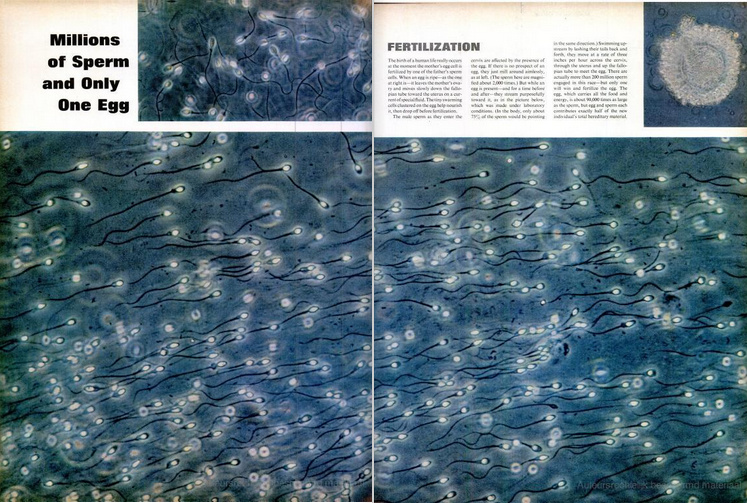












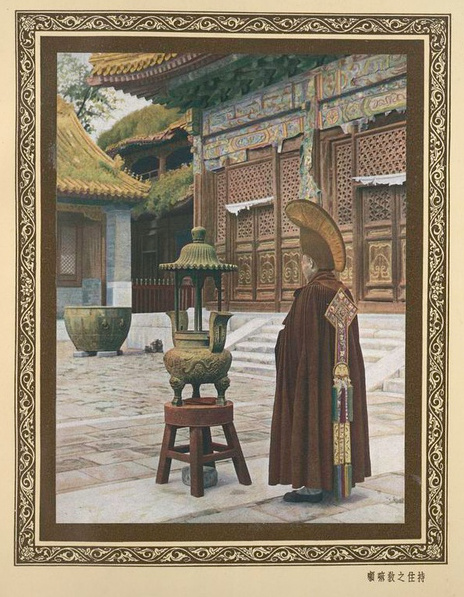




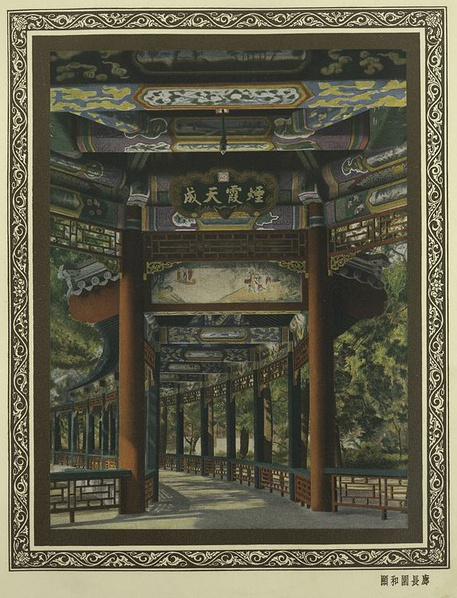
























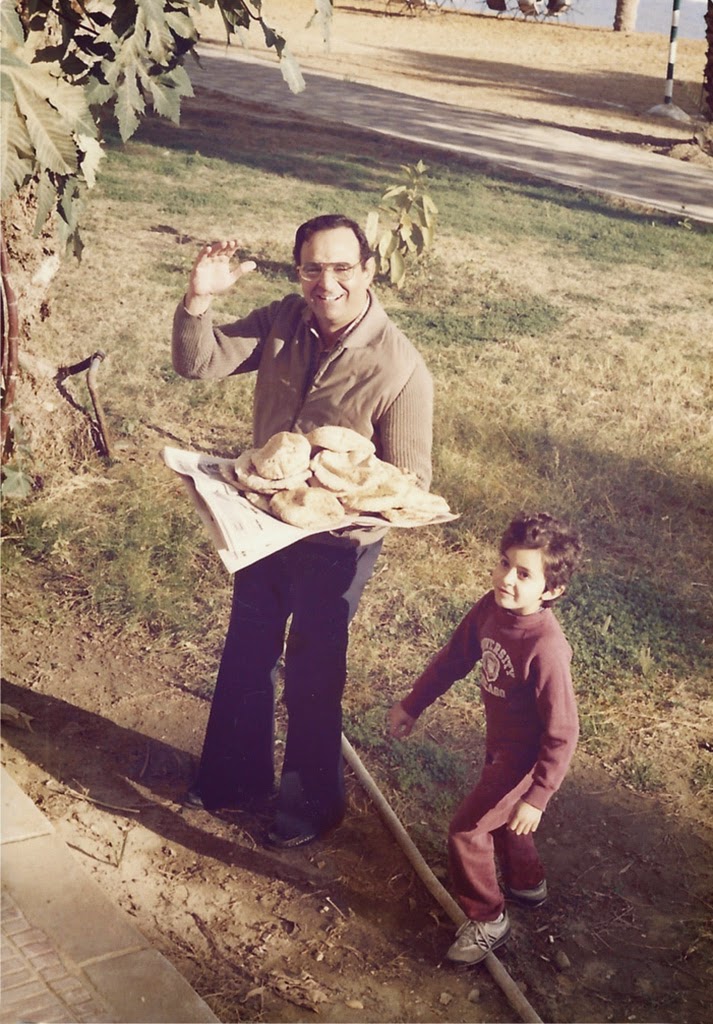

.jpg)

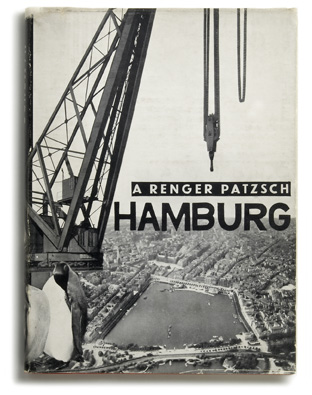

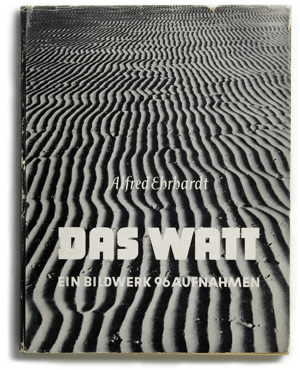































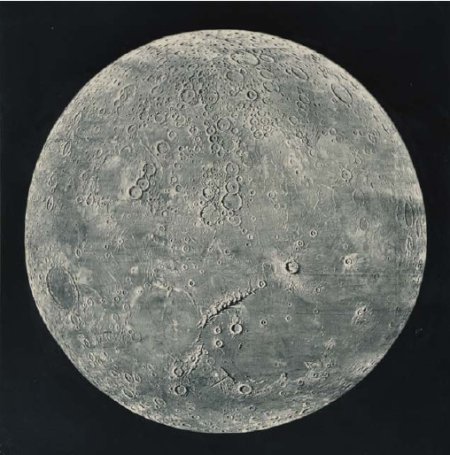
















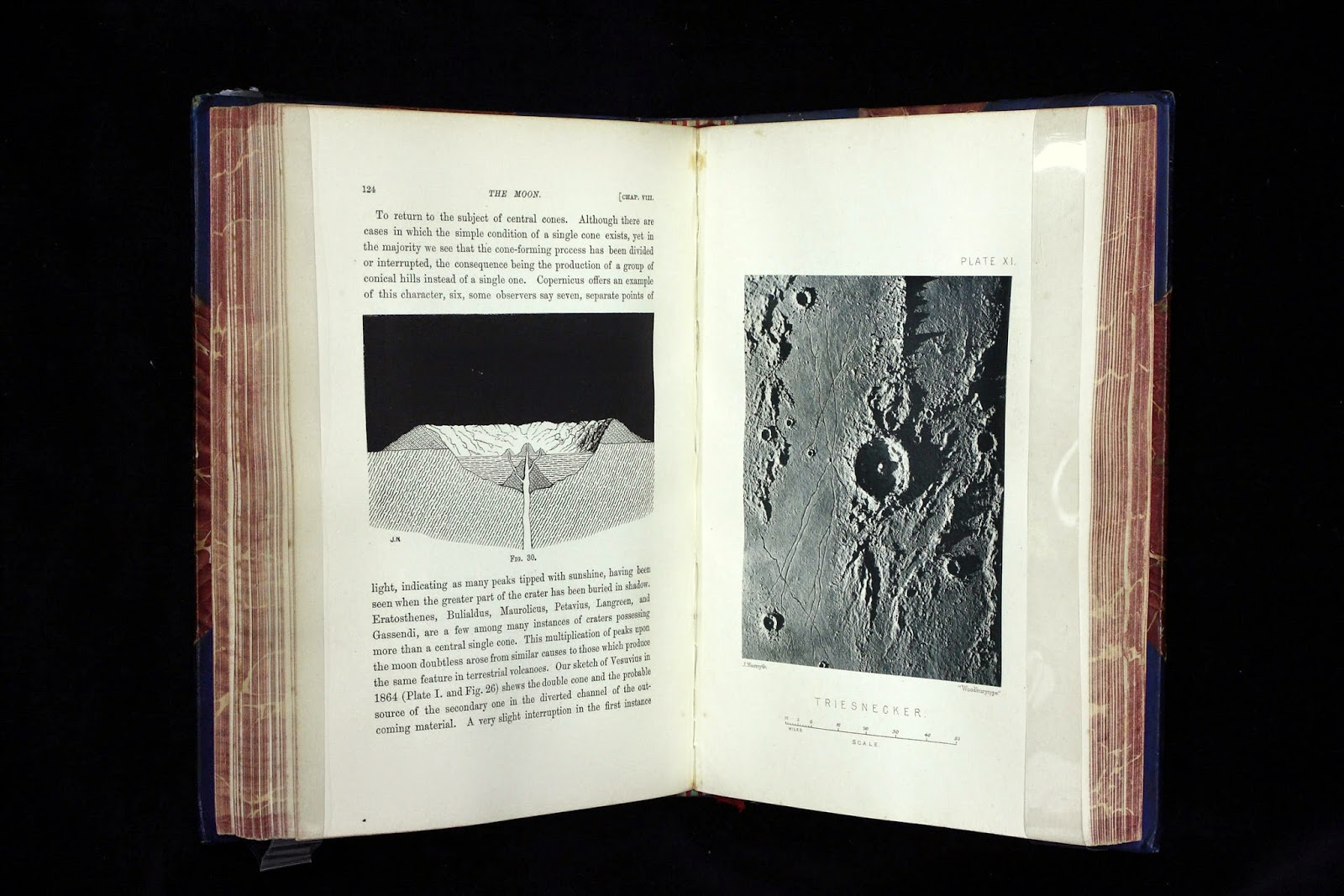








.jpg)





























